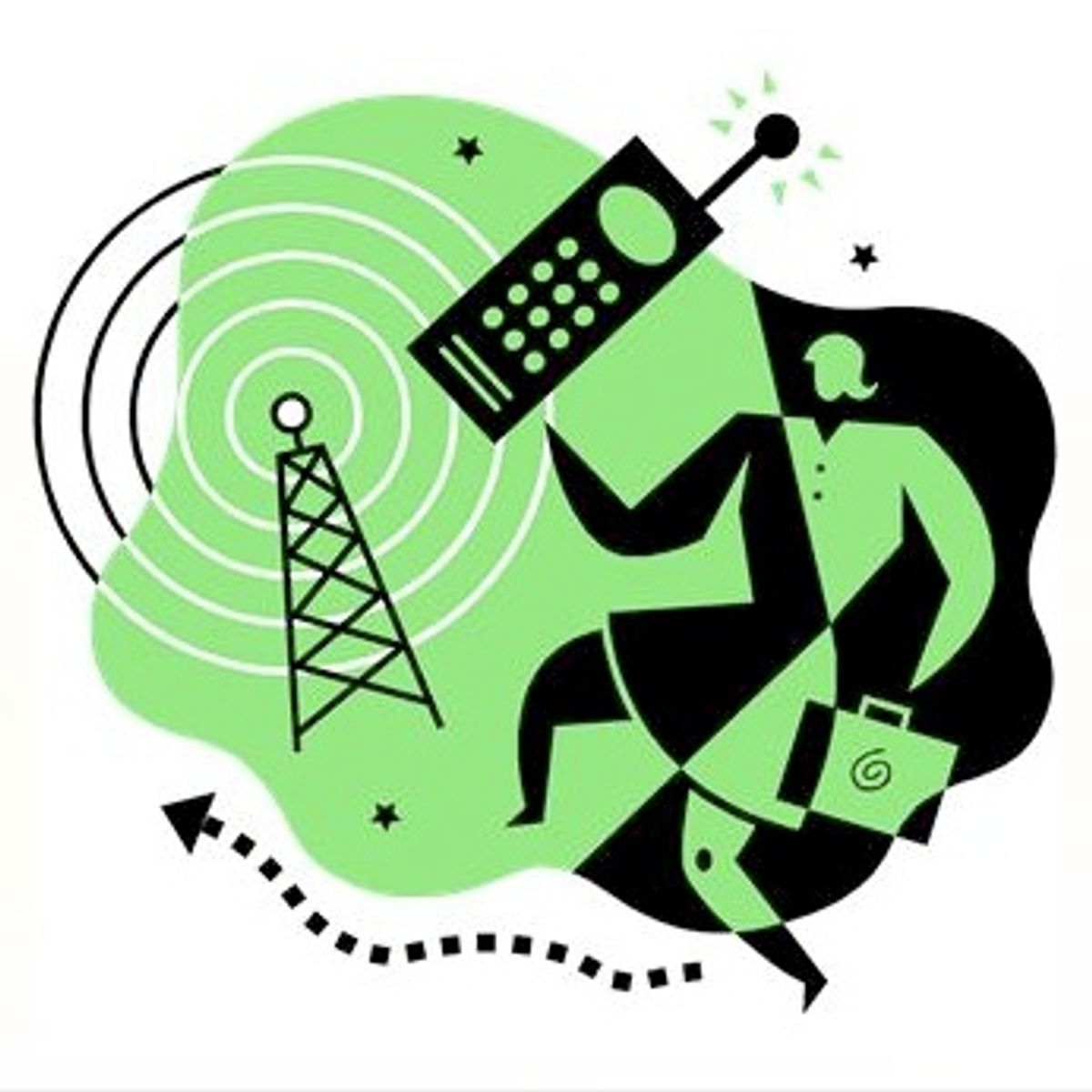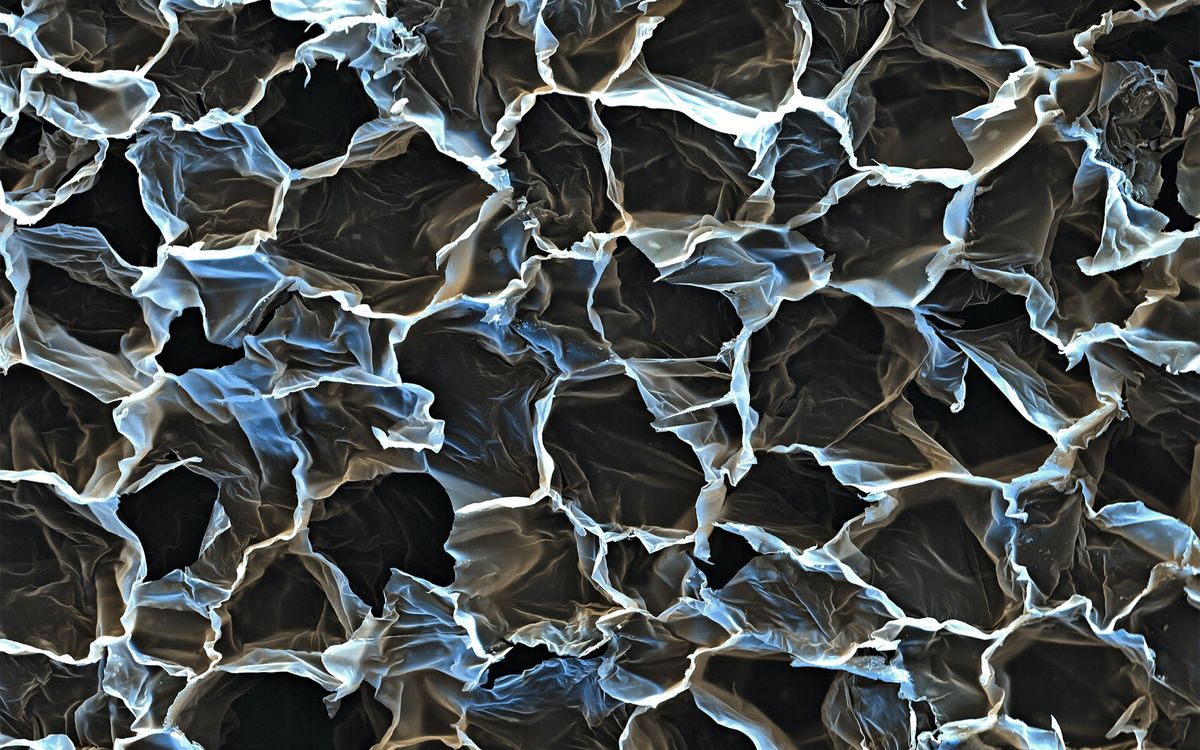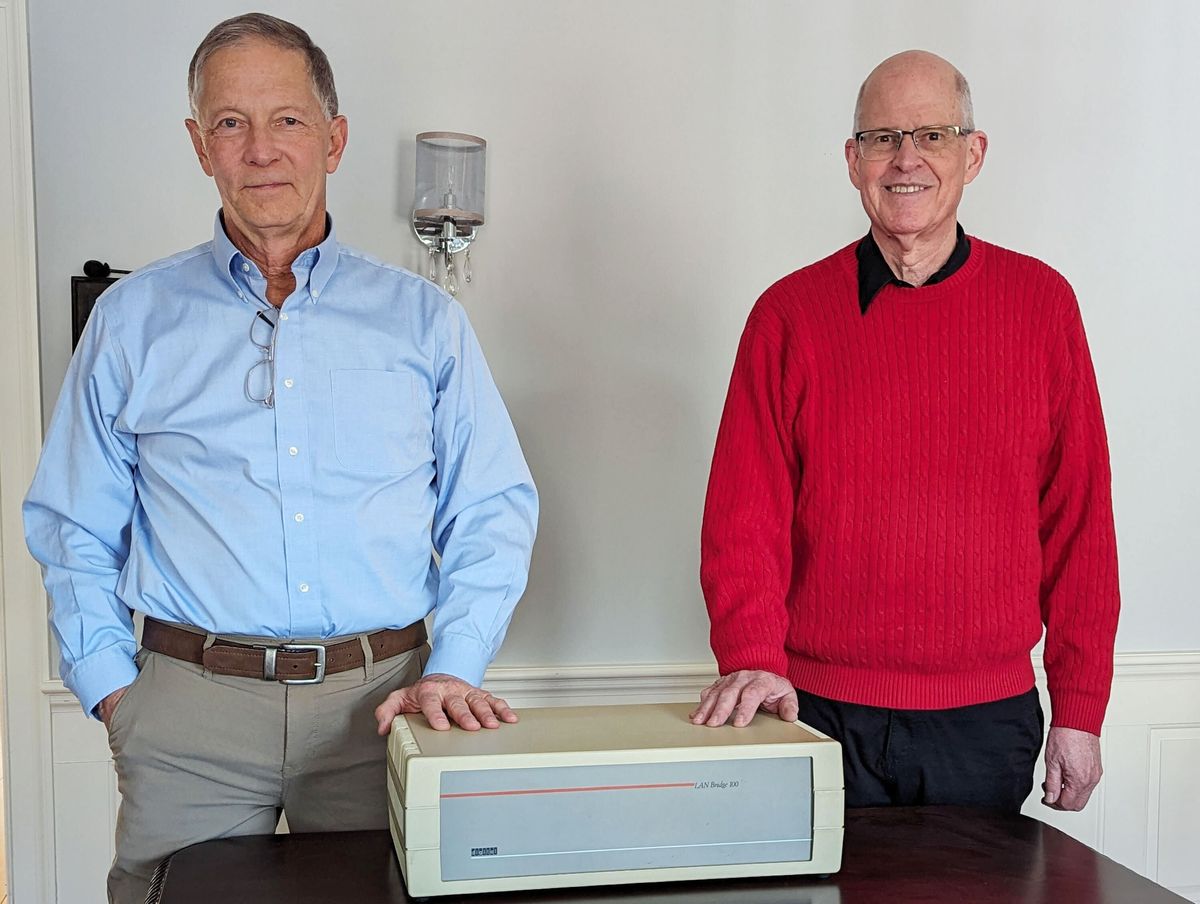Meanwhile, governments regulate the amount of radiation mobile devices can emit—the Specific Absorption Rate (SAR). They do this because the science is clear on one way radiation can damage cells—by generating heat. Limiting the SAR limits the amount of heat generated to a recognized safe level. Countries differ in how they set these limits; in the U.S., the number is 1.6 watts per kilogram. Researchers are investigating other ways radiation can affect human tissues besides heating them, but this issue has yet to be settled, or reflected in a standard.
Someone like me, who doesn’t want to hide under a rock until cell phones are either given a clean bill of health or proven dangerous, might want to choose a cell phone with as low a SAR number as possible. (They range from 0.1 to the maximum 1.6.) That person might be particularly careful when purchasing a phone for a child—it turns out that children’s brains absorb radiation differently. In recognition of this, a number of European agencies have warned parents to limit their children’s cell phone use.
I set out to find a low-SAR phone the last time I purchased a cell phone. It wasn’t, however, easy to get those numbers, particularly standing inside the store looking at phones. (They can be buried in manuals or data sheets packed with the phones, they sure aren’t on display.) Standing in the store, I spent about 20 minutes on the phone with a customer service rep at a call center, and he managed to eventually find the information. The phone I settled on had a moderate SAR of 0.54.
Apparently, I wasn’t the only shopper frustrated by how hard it is to get this information. This week, the San Francisco board of supervisors passed a law requiring retailers to post SAR data or face a fine. The law goes into effect in February.
The CTIA, the association that represents wireless manufacturers, is not happy about the San Francisco law, the first of its kind in the country. The CTIA says SAR information is irrelevant, and that no phones are safer than other phones. (I suppose CTIA members would rather compete on camera megapixels and apps and music capacity rather than radiation levels.) So it is going to make San Francisco pay—the CTIA is taking its annual trade show, held for the last seven years in San Francisco, elsewhere.
Wow. That’s like the cheese industry freaking out because they have to list fat grams on their labels.
But I can vote with my feet, too. The next time I buy a cell phone, I’ll be going to a retailer in San Francisco.
Tekla S. Perry is a senior editor at IEEE Spectrum. Based in Palo Alto, Calif., she's been covering the people, companies, and technology that make Silicon Valley a special place for more than 40 years. An IEEE member, she holds a bachelor's degree in journalism from Michigan State University.




